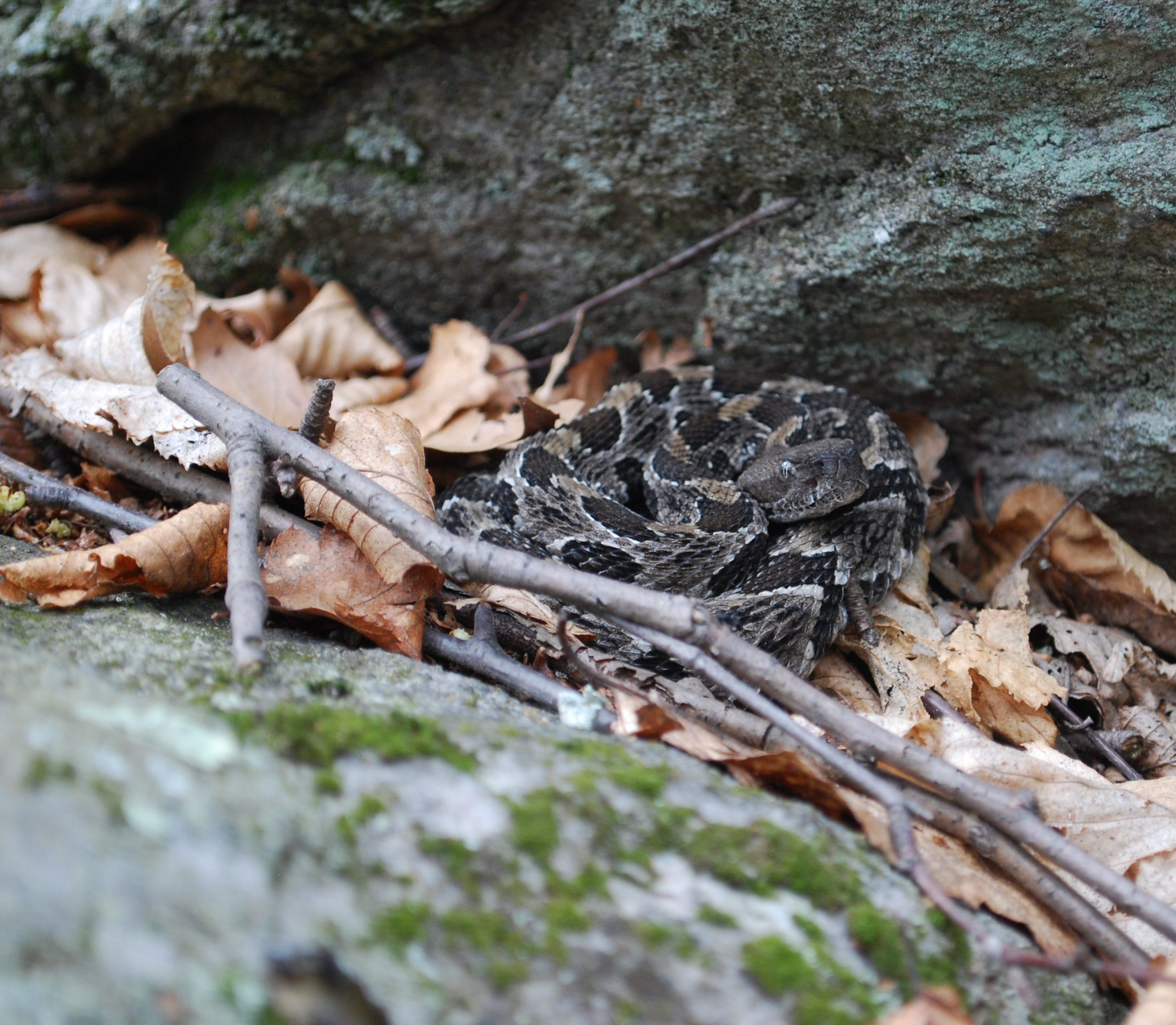black-legged tick

Viper tick removal service
One of many sessions that will focus on species interactions at ESA’s 2013 Annual Meeting by Nadine Lymn, ESA director of public affairs Human cases of Lyme disease continue to rise in the United States. The bacterial disease—which, if untreated can cause significant neurological problems, is transmitted to people by black-legged ticks, which pick up the pathogen by feeding on…
Read MoreIf you give a mouse an acorn…
The following is a story, but it describes a real scientific process: the relationship between acorns, mice, ticks and a bacterium. On a chilly November night, in a deciduous forest in the eastern U.S., a mouse prepares for the season ahead. More specifically, a female white-footed mouse—competing with other mice and animals for acorns—is reaping the fruits from a mast year: The oak trees in the region produced a generous blanket of acorns across the forest floor this autumn.
Read MoreBirds may expand the range of Lyme disease and its vector tick
Lyme disease (Borrelia burgdorferi) is typically associated with mammals, but birds too can become infected by black-legged ticks (Ixodes scapularis), the principal vector of the pathogen. Moreover, birds may figure significantly in the range expansion of both the Lyme bacterium and black-legged ticks. So say Jory Brinkerhoff and colleagues of Yale University in a paper published today in Frontiers in…
Read MoreWarning: array_map(): Expected parameter 2 to be an array, null given in /home/esaorg/public_html/wp-content/themes/esa-main/inc/functions/nav_pagination.php on line 49